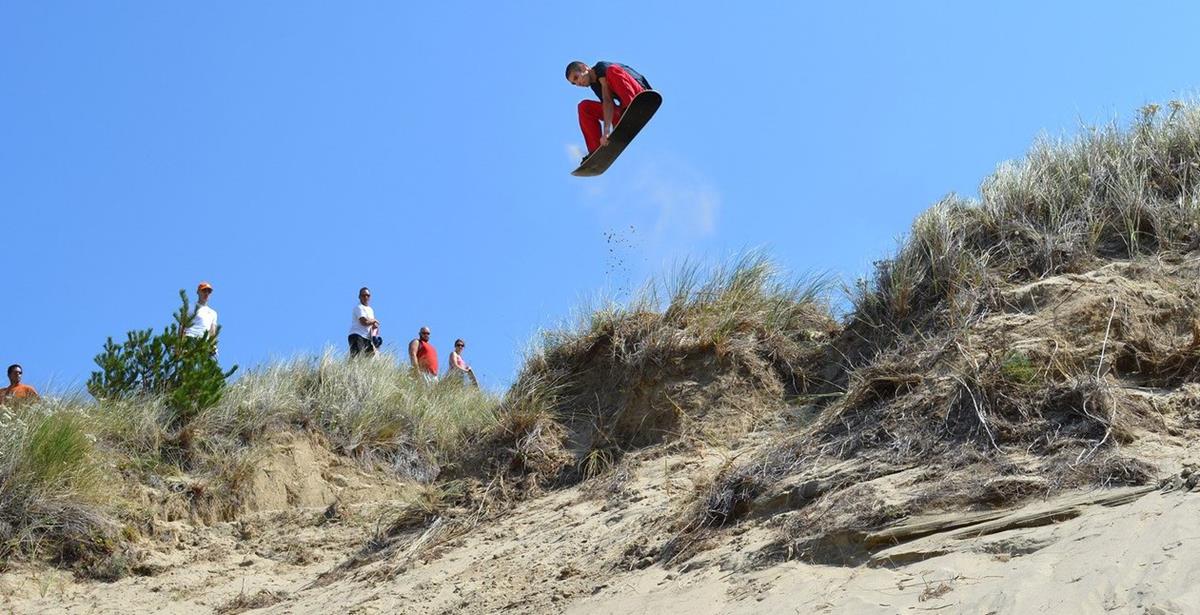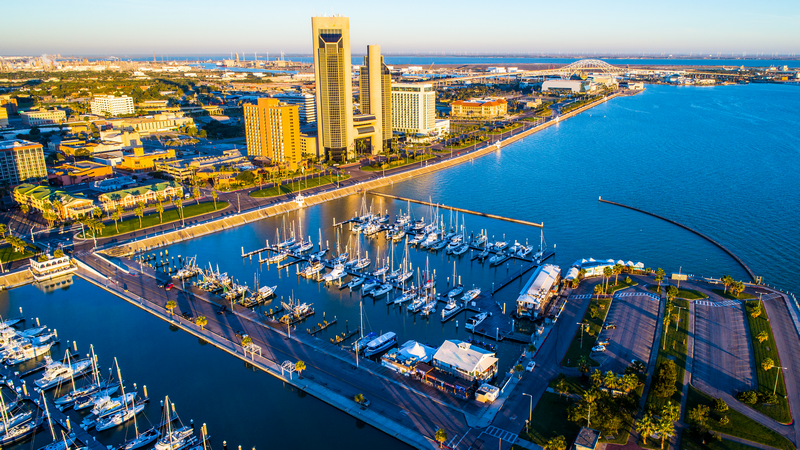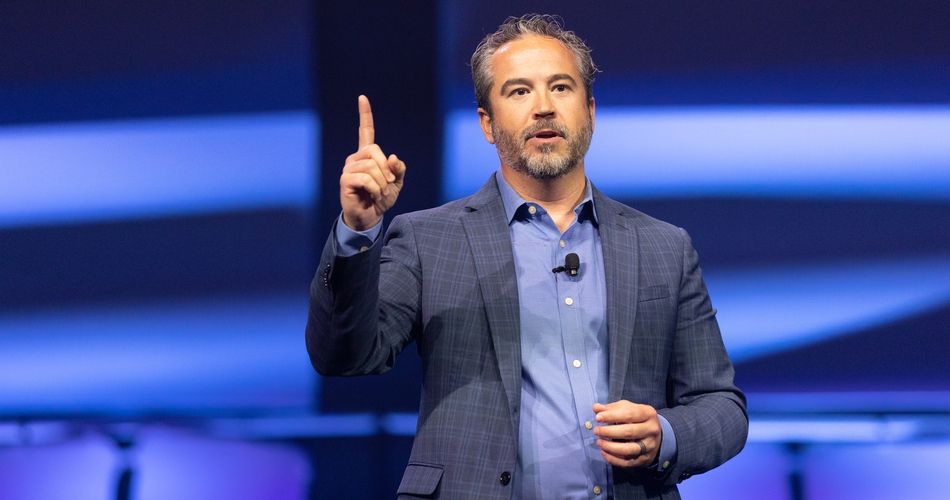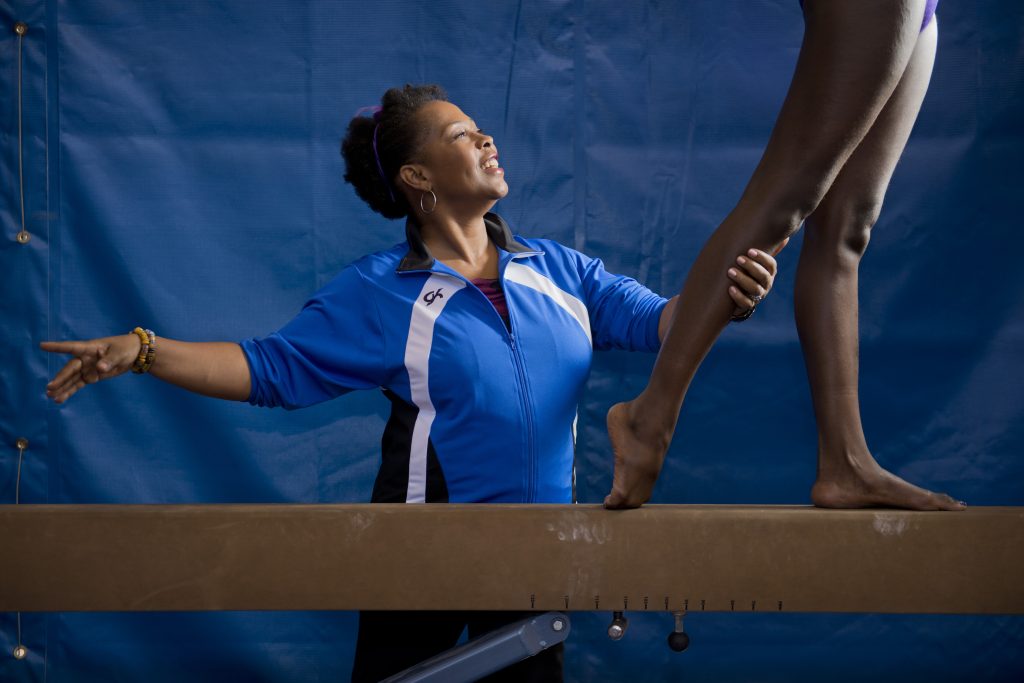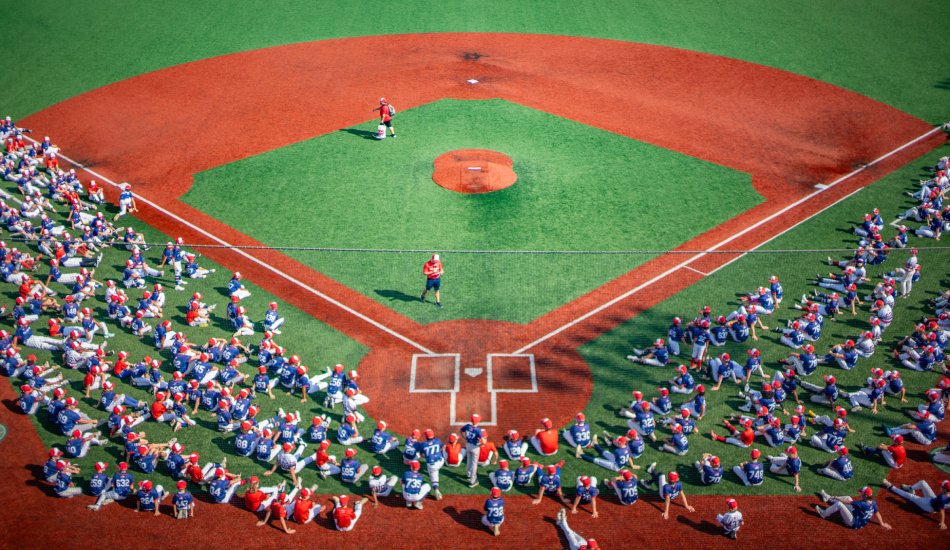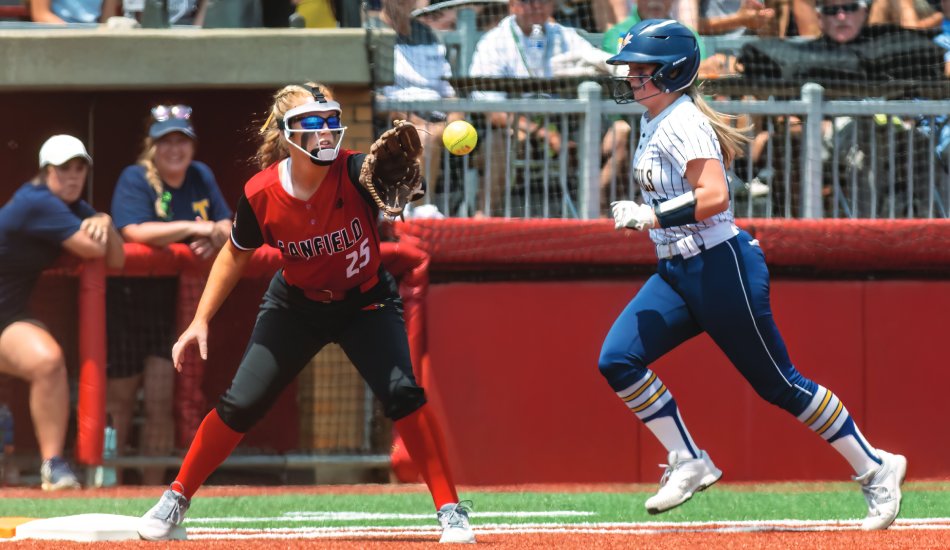When Lon Beale was a youngster living outside of Death Valley in California’s Mojave Desert, the unforgiving climate didn’t provide him with a wealth of entertainment options.
Thus, in 1972, the 14-year-old Beale got creative and took advantage of his surroundings by riding old water skis and skateboards down the many sand dunes that dotted the landscape.
Little did he realize this primitive form of recreation would evolve into a sport called sandboarding that is enjoyed by 40,000 people regularly across 25 states and 44 countries.
“Growing up in the desert, it was only natural that when you were on top of a dune you would want to slide down it,” said Beale, who has earned the moniker Dr. Dune for his contributions to sandboarding. “We would bring cardboard and plastic sheet metal. You didn’t get much of a slide or much speed, but it was still fun.”
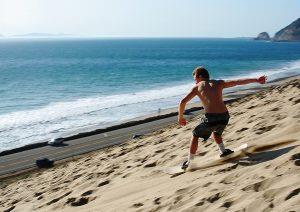 Sandboarding is an extreme sport similar to snowboarding that takes place, appropriately, on sand dunes rather than snow-covered mountains. Some sandboarders ride down a dune while standing with both feet strapped to a board while others prefer to descend the dunes on their stomachs or back.
Sandboarding is an extreme sport similar to snowboarding that takes place, appropriately, on sand dunes rather than snow-covered mountains. Some sandboarders ride down a dune while standing with both feet strapped to a board while others prefer to descend the dunes on their stomachs or back.
“It looks like snowboarding, but it feels more like surfing because sand characteristics are closer to liquid,” Beale said. “What I like about it is it kind of has the same positive aspect as skateboarding and surfing. Once you have a board, it’s great. You can ride every day.
“Once you know how to sandboard, all the skills you learned on the dunes can transfer to other board sports,” Beale added. “People who wouldn’t normally want to risk being bit by a shark or drowning or hit a tree or land on concrete, they like to sandboard. Because falling on sand isn’t as bad. Sand is very soft.”
Those serious about the sport tend to use a board that is strong, dense and curved near the ends enabling air to pass underneath it. The sandboard base is built mostly out of Formica or Laminex, and the bottom of the board is often waxed to help it glide in the sand.
Beale has been credited as the first manufacturer of sandboards, and has continued, over the years, to improve on the model. In 1991, he began making sand-specific boards for production, which helped spur the sport’s popularity.
“When I started (back in 1972), I tried what was most efficient back then,” Beale said. “A cutdown water ski, a single water ski. Over the years I kept trying different prototypes and the boards got better. Boards will do 50 to 60 miles per hour these days.”
While sandboarding zealots in Beale’s corner of the country loved his upgraded boards, the rest of the country remained in the dark regarding the boards’ improvements. That is, until 1995, when the Internet began to grow in popularity.
“The Internet made it easier for people to get hold of the board,” Beale said. “It turned out, there were little pockets of boarders all over and the Internet introduced us all. People would be searching online for sandboarding and at first, there was nothing. So, we bought sandboard.com and ended up getting 35 domain names, all related. Then, they started finding us all over the world. It opened up the world to sandboarding.”
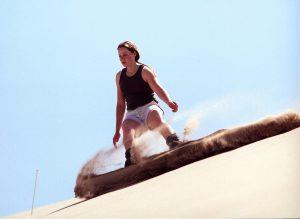 Beale’s website, sandboard.com became a must-visit among sandboarders, as the site promoted the sport with photos, video clips and provided an impressive list of sandboarding locations across the planet. Today, the site lives on, and along with Sandboard Magazine, which Beale also publishes, continues to keep the public informed about all things sandboarding.
Beale’s website, sandboard.com became a must-visit among sandboarders, as the site promoted the sport with photos, video clips and provided an impressive list of sandboarding locations across the planet. Today, the site lives on, and along with Sandboard Magazine, which Beale also publishes, continues to keep the public informed about all things sandboarding.
“Sandboard.com is probably biggest factor (for the sport’s popularity),” Beale said. “People say that’s the site that got them into sandboarding.”
In 2000, Beale and some associates opened the world’s first sandboard park, called Sand Master Park, in Florence, Oregon. The park contains 40 acres of privately-owned, sculpted sand dunes that offer beginner and advanced slopes. Visitors can partake in sandboard lessons, rent a board, sled, surfboard or bike, and can even learn the art of sand sculpting and glass blowing.
“We realized early on we were just kind of wandering around dune to dune and having demos,” Beale said. “People would come to us and say ‘where can I get a board?’ or would say they want to get into the sport. We realized we needed a sandboarding home base.
“We stumbled across 40 acres of dunes on the Oregon coast and we were interested in it,” Beale added. “We realized the sands there were particularly good and went ahead and set up a little business to rent sandboards. We wanted to see if anybody wanted to try this sandboarding thing. Within 15 minutes, every board was rented. It happened that fast. We started doubling numbers, couldn’t keep up with the demand and there’s probably now 120 rentals and during the summer we rent them all every day.”
Today, Sand Master Park draws around 25,000 visitors per year and its instructors give thousands of lessons. The park also hosts two major competitions each summer, which attracts the world’s finest sandboarders.
“The park is a mecca of sandboarding,” Beale added. “Top pros wind up there and people come from all over the world to see the history of the sport, talk with certified instructors and pros. People needed a place to go and pick up the sport, so we gave it to them.”
When Beale isn’t spending time at the park, he and his associates travel the world in search of the best dunes to share with his followers.
“Sandboarding is done all over the world now and we’ve ridden in quite a few countries,” Beale said. “Egypt has a lot of dunes, for instance. And while we have ridden in a lot of locations, there are still a lot to do. Once we started looking into dunes, we realized they were everywhere.”
With almost 50 years of sandboarding under his belt, one might think Dr. Dune is poised to call it a career and rest on his laurels. But instead, he continues to look toward the future.
“We are always on the lookout for new dunes to surf and we’re always trying to expand the sport,” Beale said. “It’s been a very satisfying career. There have been some setbacks, but we’re at a point where the sport has made a lot of progress. Once we opened Sand Master Park, and had so many visitors come in and see the excitement and adrenaline rush the park provided, it makes every day a positive experience. People come to the park and say it was the best vacation they’ve ever had. It makes me feel really, really good.”

